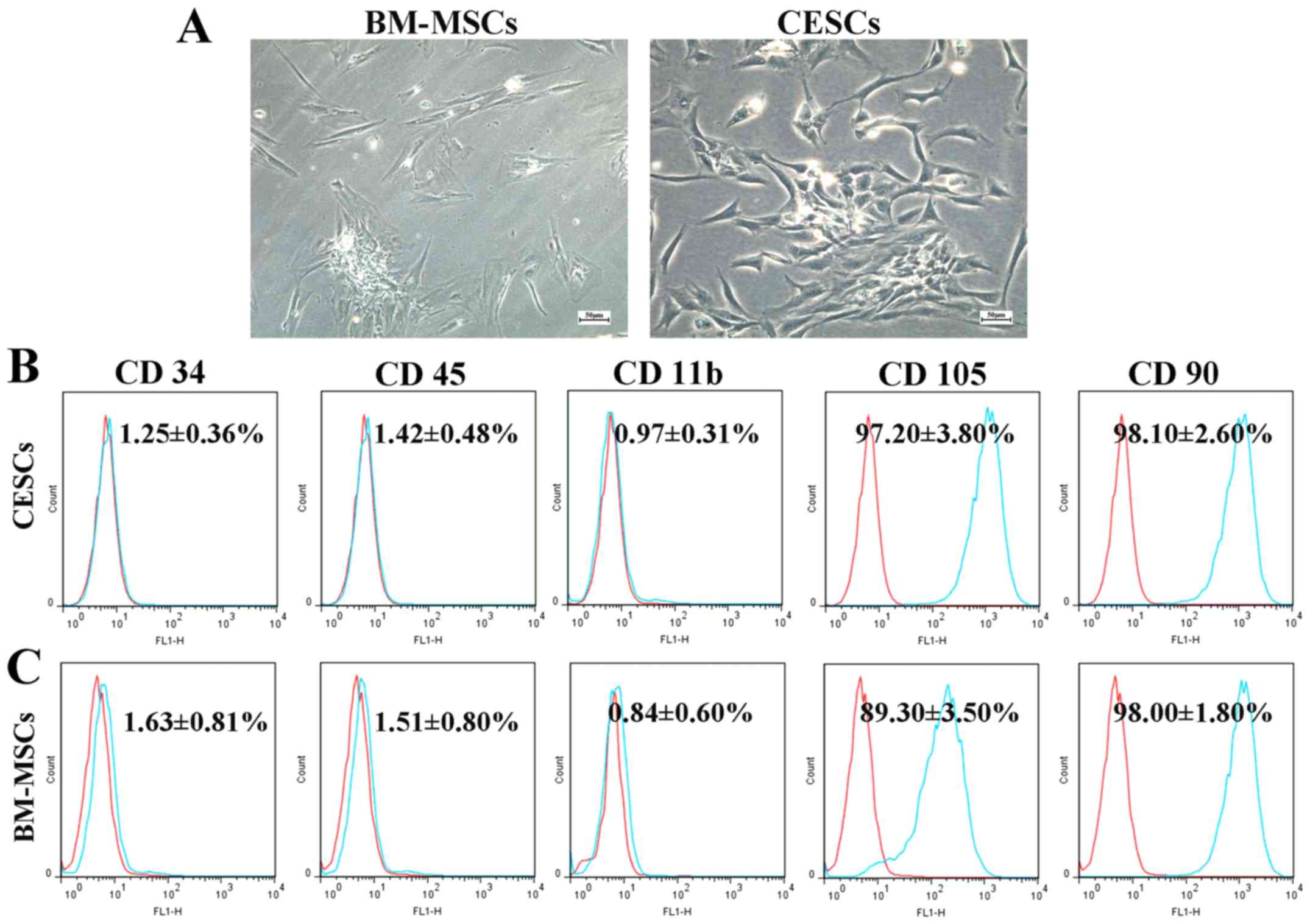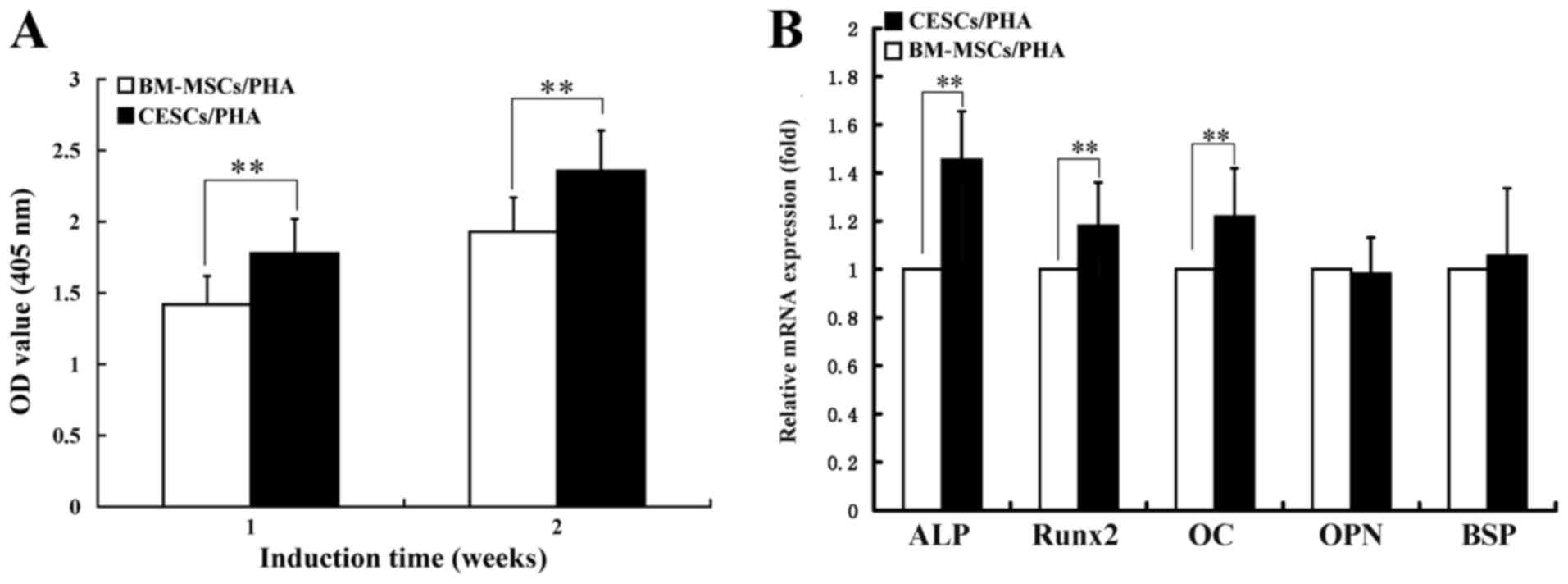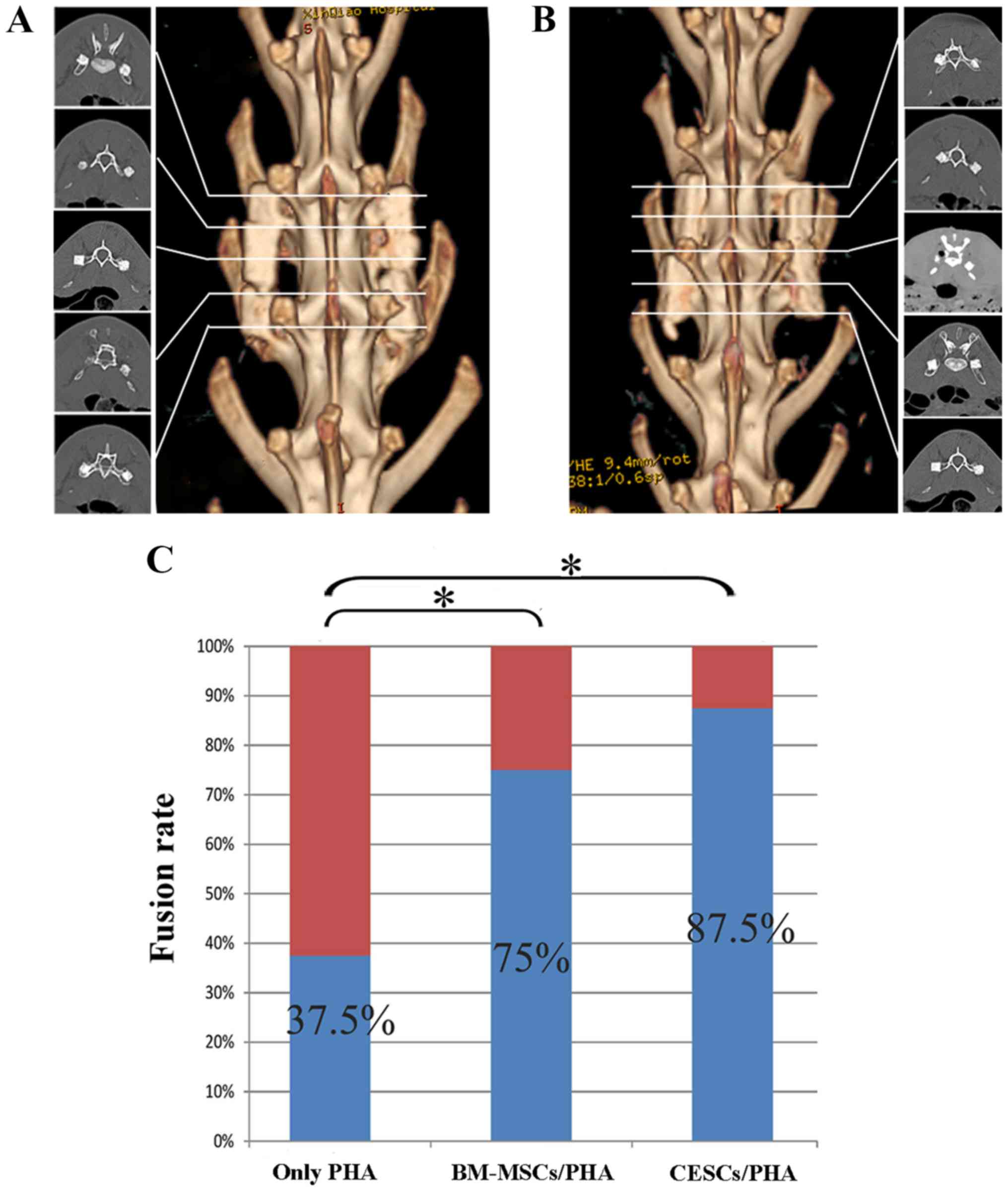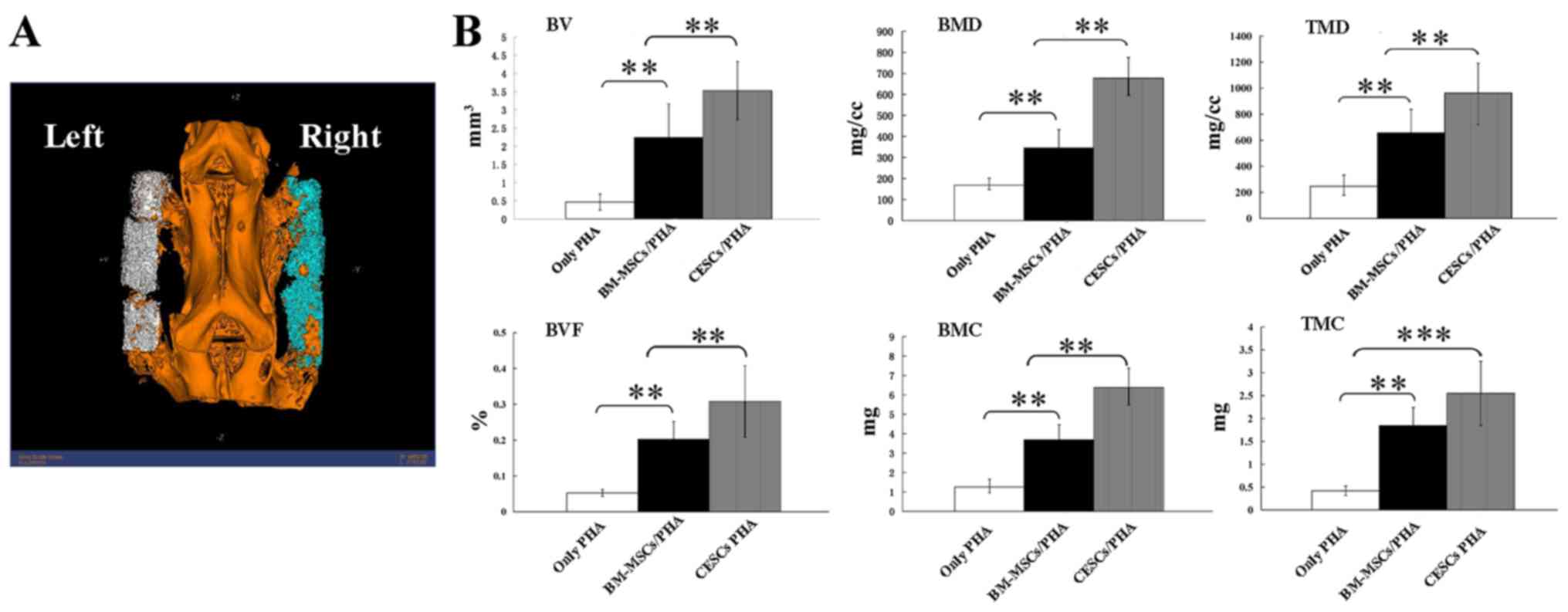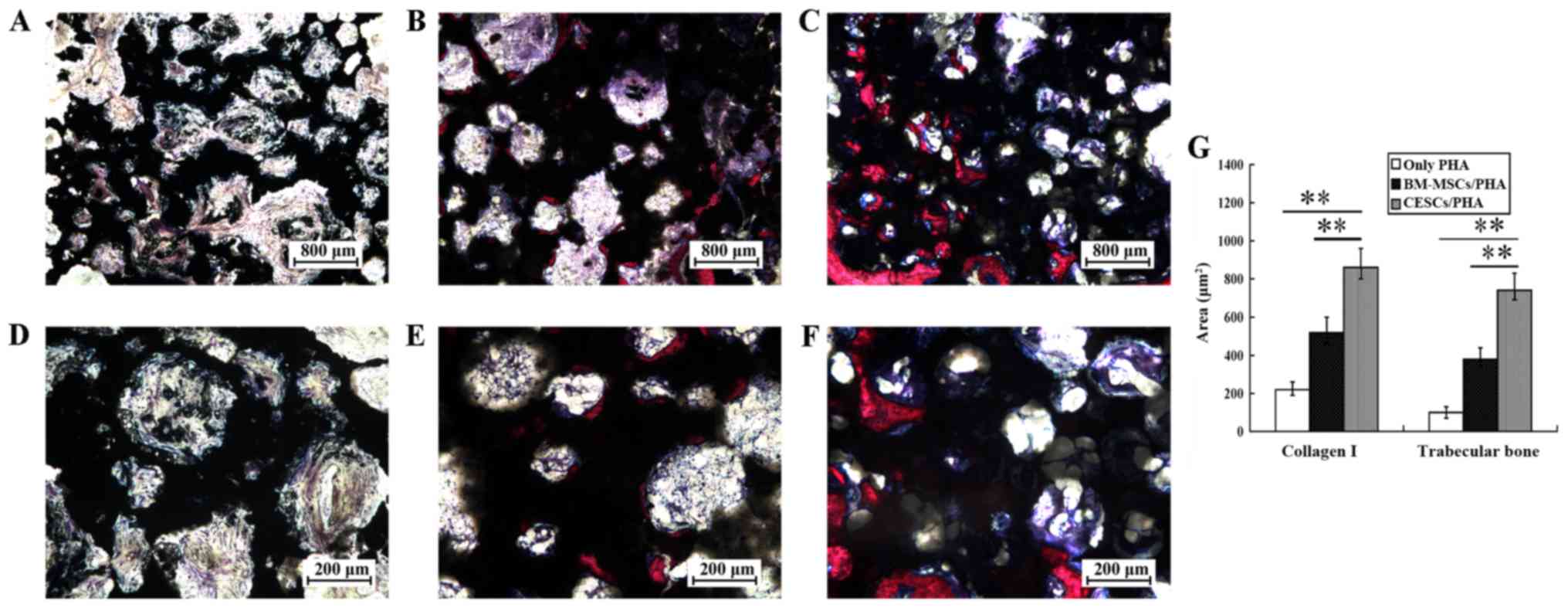|
1
|
Kawakami N, Tsuji T, Imagama S, Lenke LG,
Puno RM and Kuklo TR: Spinal Deformity Study Group. Classification
of congenital scoliosis and kyphosis: A new approach to the
three-dimensional classification for progressive vertebral
anomalies requiring operative treatment. Spine (Phila Pa 1976).
34:1756–1765. 2009.PubMed/NCBI View Article : Google Scholar
|
|
2
|
An H, Boden SD, Kang J, Sandhu HS, Abdu W
and Weinstein J: Summary statement: Emerging techniques for
treatment of degenerative lumbar disc disease. Spine (Phila Pa
1976). 28 (Suppl 15):S24–S25. 2003.PubMed/NCBI View Article : Google Scholar
|
|
3
|
Hidaka C, Goshi K, Rawlins B,
Boachie-Adjei O and Crystal RG: Enhancement of spine fusion using
combined gene therapy and tissue engineering BMP-7-expressing bone
marrow cells and allograft bone. Spine (Phila Pa 1976).
28:2049–2057. 2003.PubMed/NCBI View Article : Google Scholar
|
|
4
|
Boden SD: Overview of the biology of
lumbar spine fusion and principles for selecting a bone graft
substitute. Spine (Phila Pa 1976). 27 (Suppl 1):S26–S31.
2002.PubMed/NCBI View Article : Google Scholar
|
|
5
|
Rihn JA, Kirkpatrick K and Albert TJ:
Graft options in posterolateral and posterior interbody lumbar
fusion. Spine (Phila Pa 1976). 35:1629–1639. 2010.PubMed/NCBI View Article : Google Scholar
|
|
6
|
Minamide A, Yoshida M, Kawakami M,
Yamasaki S, Kojima H, Hashizume H and Boden SD: The use of cultured
bone marrow cells in type I collagen gel and porous hydroxyapatite
for posterolateral lumbar spine fusion. Spine (Phila Pa 1976).
30:1134–1138. 2005.PubMed/NCBI View Article : Google Scholar
|
|
7
|
Szpalski C, Barbaro M, Sagebin F and
Warren SM: Bone tissue engineering: Current strategies and
techniques-part II: Cell types. Tissue Eng Part B Rev. 18:258–269.
2012.PubMed/NCBI View Article : Google Scholar
|
|
8
|
Seong JM, Kim BC, Park JH, Kwon IK,
Mantalaris A and Hwang YS: Stem cells in bone tissue engineering.
Biomed Mater. 5(062001)2010.PubMed/NCBI View Article : Google Scholar
|
|
9
|
Bruder SP and Fox BS: Tissue engineering
of bone: Cell based strategies. Clin Orthop Relat Res. (Suppl
367):S68–S83. 1999.PubMed/NCBI View Article : Google Scholar
|
|
10
|
Pittenger MF, Mackay AM, Beck SC, Jaiswal
RK, Douglas R, Mosca JD and Moorman MA: Multilineage potential of
adult human mesenchymal stem cells. Science. 284:143–147.
1999.PubMed/NCBI View Article : Google Scholar
|
|
11
|
Jones E and McGonagle D: Human bone marrow
mesenchymal stem cells in vivo. Rheumatology. 47:126–131. 2008.
View Article : Google Scholar
|
|
12
|
Chamberlain G, Fox J, Ashton B and
Middleton J: Concise review: Mesenchymal stem cells: Their
phenotype, differentiation capacity, immunological features, and
potential for homing. Stem Cells. 25:2739–2749. 2007.PubMed/NCBI View Article : Google Scholar
|
|
13
|
Uccelli A, Moretta L and Pistoia V:
Mesenchymal stem cells in health and disease. Nat Rev Immunol.
8:726–736. 2008.PubMed/NCBI View
Article : Google Scholar
|
|
14
|
Blanco JF, Graciani IF, Sanchez-Guijo FM,
Muntion S, Hernandez-Campo P, Santamaria C, Carrancio S, Barbado
MV, Cruz G, Gutierrez-Cosío S, et al: Isolation and
characterization of mesenchymal stromal cells from human
degenerated nucleus pulposus: Comparison with bone marrow
mesenchymal stromal cells from the same subjects. Spine (Phila Pa
1976). 35:2259–2265. 2010.PubMed/NCBI View Article : Google Scholar
|
|
15
|
Feng G, Yang X, Shang H, Marks IW, Shen
FH, Katz A, Arlet V, Laurencin CT and Li X: Multipotential
differentiation of human anulus fibrosus cells: An in vitro study.
J Bone Joint Surg Am. 92:675–685. 2010.PubMed/NCBI View Article : Google Scholar
|
|
16
|
Liu LT, Huang B, Li CQ, Zhuang Y, Wang J
and Zhou Y: Characteristics of stem cells derived from the
degenerated human intervertebral disc cartilage endplate. PLoS One.
6(e26285)2011.PubMed/NCBI View Article : Google Scholar
|
|
17
|
Huang B, Liu LT, Li CQ, Zhuang Y, Luo G,
Hu SY and Zhou Y: Study to determine the presence of progenitor
cells in the degenerated human cartilage endplates. Eur Spine J.
21:613–622. 2012.PubMed/NCBI View Article : Google Scholar
|
|
18
|
Wang H, Zhou Y, Huang B, Liu LT, Liu MH,
Wang J, Li CQ, Zhang ZF, Chu TW and Xiong CJ: Utilization of stem
cells in alginate for nucleus pulposus tissue engineering. Tissue
Eng Part A. 20:908–920. 2014.PubMed/NCBI View Article : Google Scholar
|
|
19
|
Rajasekaran S, Venkatadass K, Naresh Babu
J, Ganesh K and Shetty AP: Pharmacological enhancement of disc
diffusion and differentiation of healthy, ageing and degenerated
discs: Results from in-vivo serial post-contrast MRI studies in 365
human lumbar discs. Eur Spine J. 17:626–643. 2008.PubMed/NCBI View Article : Google Scholar
|
|
20
|
Bilic G, Zeisberger SM, Mallik AS,
Zimmermann R and Zisch AH: Comparative characterization of cultured
human term amnion epithelial and mesenchymal stromal cells for
application in cell therapy. Cell Transplant. 17:955–968.
2008.PubMed/NCBI View Article : Google Scholar
|
|
21
|
Lubis AM, Sandhow L, Lubis VK, Noor A,
Gumay F, Merlina M, Yang W, Kusnadi Y, Lorensia V, Sandra F and
Susanto NH: Isolation and cultivation of mesenchymal stem cells
from iliac crest bone marrow for further cartilage defect
management. Acta Med Indones. 43:178–184. 2011.PubMed/NCBI
|
|
22
|
Jackson WM, Aragon AB, Bulken-Hoover JD,
Nesti LJ and Tuan RS: Putative heterotopic ossification progenitor
cells derived from traumatized muscle. J Orthop Res. 27:1645–1651.
2009.PubMed/NCBI View Article : Google Scholar
|
|
23
|
Ripamonti U, Klar RM, Renton LF and
Ferretti C: Synergistic induction of bone formation by hOP-1,
hTGF-beta3 and inhibition by zoledronate in macroporous
coral-derived hydroxyapatites. Biomaterials. 31:6400–6410.
2010.PubMed/NCBI View Article : Google Scholar
|
|
24
|
Jeon O, Rhie JW, Kwon IK, Kim JH, Kim BS
and Lee SH: In vivo bone formation following transplantation of
human adipose-derived stromal cells that are not differentiated
osteogenically. Tissue Eng Part A. 14:1285–1294. 2008.PubMed/NCBI View Article : Google Scholar
|
|
25
|
Livak KJ and Schmittgen TD: Analysis of
relative gene expression data using real-time quantitative PCR and
the 2(-Delta Delta C(T)) method. Methods. 25:402–408.
2001.PubMed/NCBI View Article : Google Scholar
|
|
26
|
Alanay A, Chen C, Lee S, Murray SS,
Brochmann EJ, Miyazaki M, Napoli A and Wang JC: The adjunctive
effect of a binding peptide on bone morphogenetic protein enhanced
bone healing in a rodent model of spinal fusion. Spine (Phila Pa
1976). 33:1709–1713. 2008.PubMed/NCBI View Article : Google Scholar
|
|
27
|
Boden SD, Schimandle JH and Hutton WC: An
experimental lumbar intertransverse process spinal fusion model.
Radiographic, histologic, and biomechanical healing
characteristics. Spine (Phila Pa 1976). 20:412–420. 1995.PubMed/NCBI View Article : Google Scholar
|
|
28
|
Grauer JN, Bomback DA, Lugo R, Troiano NW,
Patel TC and Friedlaender GE: Posterolateral lumbar fusions in
athymic rats: Characterization of a model. Spine J. 4:281–286.
2004.PubMed/NCBI View Article : Google Scholar
|
|
29
|
Miyazaki M, Zuk PA, Zou J, Yoon SH, Wei F,
Morishita Y, Sintuu C and Wang JC: Comparison of human mesenchymal
stem cells derived from adipose tissue and bone marrow for ex vivo
gene therapy in rat spinal fusion model. Spine (Phila Pa 1976).
33:863–869. 2008.PubMed/NCBI View Article : Google Scholar
|
|
30
|
Sheyn D, Rüthemann M, Mizrahi O, Kallai I,
Zilberman Y, Tawackoli W, Kanim LE, Zhao L, Bae H, Pelled G, et al:
Genetically modified mesenchymal stem cells induce mechanically
stable posterior spine fusion. Tissue Eng Part A. 16:3679–3686.
2010.PubMed/NCBI View Article : Google Scholar
|
|
31
|
Hildebrand T, Laib A, Müller R, Dequeker J
and Rüegsegger P: Direct three-dimensional morphometric analysis of
human cancellous bone: Microstructural data from spine, femur,
iliac crest, and calcaneus. J Bone Miner Res. 14:1167–1174.
1999.PubMed/NCBI View Article : Google Scholar
|
|
32
|
Cinotti G, Patti AM, Vulcano A, Della
Rocca C, Polveroni G, Giannicola G and Postacchini F: Experimental
posterolateral spinal fusion with porous ceramics and mesenchymal
stem cells. J Bone Joint Surg Br. 86:135–142. 2004.PubMed/NCBI
|
|
33
|
Dominici M, Le Blanc K, Mueller I,
Slaper-Cortenbach I, Marini F, Krause D, Deans R, Keating A,
Prockop DJ and Horwitz E: Minimal criteria for defining multipotent
mesenchymal stromal cells. The International Society for Cellular
Therapy position statement. Cytotherapy. 8:315–317. 2006.PubMed/NCBI View Article : Google Scholar
|
|
34
|
Pfirrmann CW, Metzdorf A, Zanetti M,
Hodler J and Boos N: Magnetic resonance classification of lumbar
intervertebral disc degeneration. Spine (Phila Pa 1976).
26:1873–1878. 2001.PubMed/NCBI View Article : Google Scholar
|
|
35
|
Kuisma M, Karppinen J, Haapea M,
Lammentausta E, Niinimaki J and Tervonen O: Modic changes in
vertebral endplates: A comparison of MR imaging and multislice CT.
Skeletal Radiol. 38:141–147. 2009.PubMed/NCBI View Article : Google Scholar
|
|
36
|
Yang F, Yuan PW, Hao YQ and Lu ZM: Emodin
enhances osteogenesis and inhibits adipogenesis. BMC Complement
Altern Med. 14(74)2014.PubMed/NCBI View Article : Google Scholar
|
|
37
|
Hassan MQ, Tare RS, Lee SH, Mandeville M,
Morasso MI, Javed A, van Wijnen AJ, Stein JL, Stein GS and Lian JB:
BMP2 commitment to the osteogenic lineage involves activation of
Runx2 by DLX3 and a homeodomain transcriptional network. J Biol
Chem. 281:40515–40526. 2006.PubMed/NCBI View Article : Google Scholar
|
|
38
|
Oryan A, Alidadi S, Moshiri A and Maffulli
N: Bone regenerative medicine: Classic options, novel strategies,
and future directions. J Orthop Surg Res. 9(18)2014.PubMed/NCBI View Article : Google Scholar
|
|
39
|
Lee JH, Yu CH, Yang JJ, Baek HR, Lee KM,
Koo TY, Chang BS and Lee CK: Comparative study of fusion rate
induced by different dosages of Escherichia coli-derived
recombinant human bone morphogenetic protein-2 using hydroxyapatite
carrier. Spine J. 12:239–248. 2012.PubMed/NCBI View Article : Google Scholar
|
|
40
|
Schulte FA, Lambers FM, Kuhn G and Muller
R: In vivo micro-computed tomography allows direct
three-dimensional quantification of both bone formation and bone
resorption parameters using time-lapsed imaging. Bone. 48:433–442.
2011.PubMed/NCBI View Article : Google Scholar
|
|
41
|
Miller A: Collagen: The organic matrix of
bone. Philos Trans R Soc Lond B Biol Sci. 304:455–477.
1984.PubMed/NCBI View Article : Google Scholar
|















